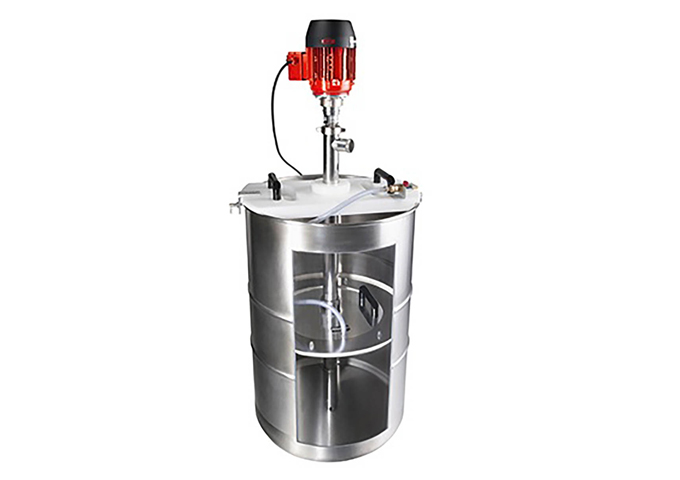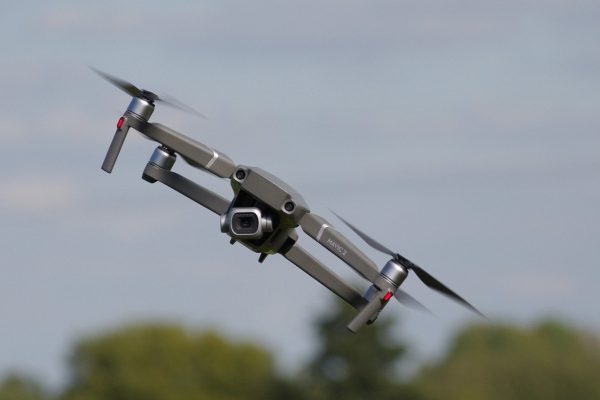How Does A Drum Pump Work?
What is a Drum Pump?
Drum pumps have become increasingly popular all over the world to transfer liquids from larger drums or barrels to smaller containers. They are designed to fit all standard-size drums but can also be supplied in sizes that unload other containers such as IBCs (Intermediate Bulk Containers), Euro bins, mixer bowls, Totes, and even custom-made tanks.
Drum pumps are made of high-quality polyethene or polypropylene to be robust and provide excellent compatibility in order to pump a wide variety of liquids such as acids, alkalis, lubricants, liquid food, mild solvents, cleaning chemicals, oils, grease, diesel among others from a large drum or barrel into another container.
Portable Drum Pumps
Portable drum pumps are exclusively designed to safely and efficiently transfer low-viscosity fluids. A portable pump fits on the top opening of a drum or barrel and eliminates the need to pivot the heavy container when transferring liquids. They are available in different models, materials, and tube lengths for use with different types of liquids. However, different electric pumps can all be driven by a single motor.
Why are Electric Drum Pumps a popular industrial tool?
Electric Drum Pumps
Electric drum pumps are a popular industrial tool in manufacturing plants. They are lightweight, easy to move around, and easy to use and clean for future use as residual fluid automatically drains from the pump instead of contaminating and clogging the tube. They do not require any type of complicated switchgear as they can simply be plugged into a standard power outlet.
Electric drum pumps are surprisingly powerful, super-resilient, and capable of catalyzing industrial production by facilitating quick transfers from one container to another with minimum spillage. The right pump for the job will mitigate the risk of transferring corrosive materials without getting damaged. Lower decibel levels compared to other technologies makes them less noisy.
Different Drum Pumps for Different Needs!
Depending on specific needs drum pumps can be combined with different types of motors such as pneumatic, three-phase, brushless, and commutator motors. 200 Litre standard drum pumps can be used to pump a variety of liquids, however, the immersion lengths of the tubes can be customized from 300mm to 3,000mm to suit different pumping needs. Before using an aro double diaphragm pump it is important to analyze the type of fluid you are working with. In order to utilize the full capacity of the pump, the drive shaft material should be compatible with the liquid it will come in contact with.
- Drum pumps with polypropylene tubes are made of 316Ti stainless steel and will be suitable for use with neutral and hardy combustible liquids.
- Pumps with PP tubing have a Hastelloy 2,4610 drive shaft specifically designed for more aggressive types of media.
- Aluminium tubes are suitable for the transfer of mineral oil-base liquids up to maximum viscosity of 1000mPas.
- Polyvinylidene fluoride (PVDF) or chlorinated polyvinyl chloride (CPVC) is specifically designed for acids or other corrosive media. -Stainless steel drive shafts are ideal for use with neutral liquids like thin viscous food and cleaning agents.
Electric Drum Pumps with Mechanical Seals
These types of pumps are ideal for use with media that dries rapidly or is prone to crystallization. They adapt well to frequent media changes and have a longer service life than sealless pumps when it comes to working with abrasive materials. These pumps can be disassembled for easy cleaning, have a low-wear probability overall, and long service life. However, when using pumps without mechanical seals there is no need to worry about seal damage.
How is a Drum Pump Made?
Electric drum pumps consist of three essential components: a motor; an immersion tube; and the pump itself. The immersion tube sits below the motor and works on the axial-impeller pump principle. When used with a 200-litre drum it is usually as long as the drum is deep. The drive shaft is driven by a motor via coupling with pulsation-free pumping. In order to work properly, the impeller (pump), situated at the lower end of the immersion tube, should be fully covered by fluid. Once an electric drum pump is connected to a power source the media is axially transmitted to the outlet with each rotation.






0